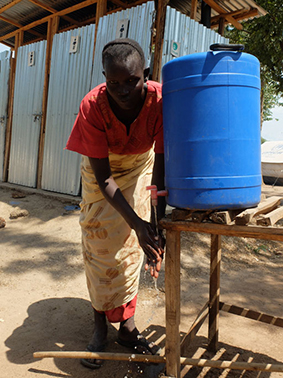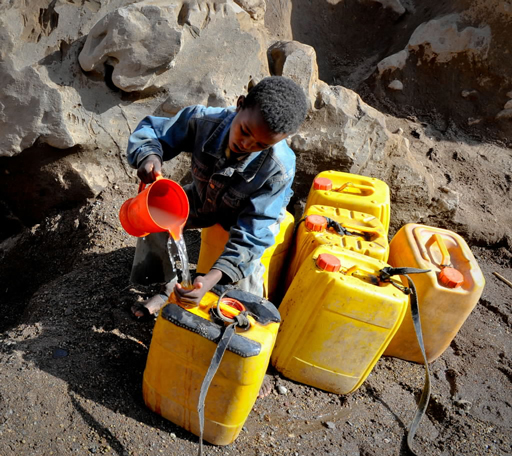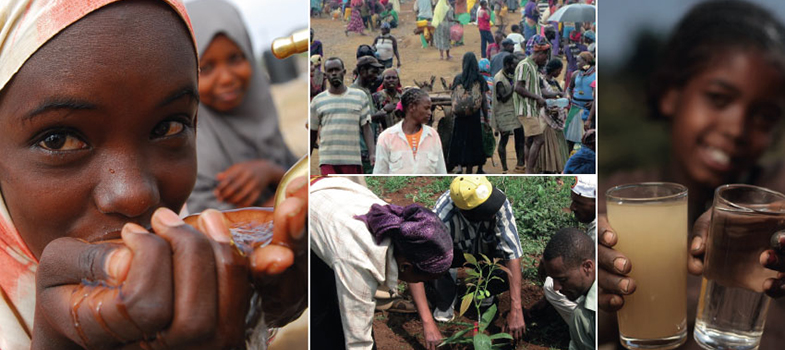14.3 Response phase
The next phase is the response phase which begins when an emergency strikes. An emergency response encompasses the decisions and actions taken to deal with the immediate effects of an emergency. For behaviour communication, UNICEF have described this phase in a number of steps, listed below (UNICEF, 2006; UNICEF, 2012). It should be noted that in some emergency situations, some of these steps may not apply.
1. Participate in rapid assessments
The first step is to assess the situation so that the scale of the emergency is understood. This involves assessments for different sectors including health, water and sanitation, child protection, food etc. When WASH rapid assessments are conducted in the initial phase of an emergency, it is critical that the assessments also identify any high risk practices that have implications for public health of affected communities. Rapid assessment for WASH behaviour is described in more detail in Section 14.3.1.
2. Conduct a rapid appraisal of communication channels and resources
Soon after an emergency is announced, efforts should be made to find ways to reach the vast majority of affected people quickly with information and key messages. This rapid appraisal will revisit the channels identified in the preparedness plan and assess if they are affected by the emergency and which will be the most effective.
3. Revisit and activate the detailed communication plan
Based on the preparedness plan, the details of the implementation of the communication initiative(s) should be activated. All partners should be mobilised to fulfil the roles that had been determined at the planning stage.
4. Focus on re-establishing existing behaviours and norms
In the initial phase, the focus would be on re-establishing the positive behaviours and social and cultural values that existed prior to the emergency. For example, providing handwashing facilities enables people to continue to practice good hygiene behaviour, as shown in Figure 14.8. However, depending on the situation, emergencies might also provide opportunities to promote new behaviours.

5. Forge additional alliances for communication
The emergency might provide opportunities to build additional alliances to include relief workers, service providers, journalists and others so that they are able to directly support desired behaviours among affected people.
6. Facilitate community and children's participation
Through established community level committees, pro-active efforts should be made to create opportunities for affected families and communities, including children and young people, to participate in the response.
7. Working with the media
As a priority, decision makers should come together and decide on what to communicate to the media. The communication should be frequent and effective and through a dedicated spokesperson.
8. Reach the poorest, most vulnerable and hard to reach
You should give particular attention to people who are more vulnerable or marginalised or those who are harder to reach, through special outreach activities.
9. Dealing with psychosocial impact
Emergency can have a variety of psychosocial impacts. People may have strong feelings of fear, insecurity and helplessness. People might not be allowed to undertake usual funeral and mourning practices. Community workers would have to be trained to deal with this situation and community leaders encouraged to help in supporting the community.
Put these actions in the appropriate order when responding to an emergency.
- Create opportunities for children and young people to help out.
- Identify particularly high risk practices.
- Re-establish normal healthy practices and cultural values.
The most appropriate order for these actions would be:
- Identify particularly high risk practices.
- Re-establish normal healthy practices and cultural values.
- Create opportunities for children and young people to help out (see Figure 14.9).

14.2 Preparedness phase
